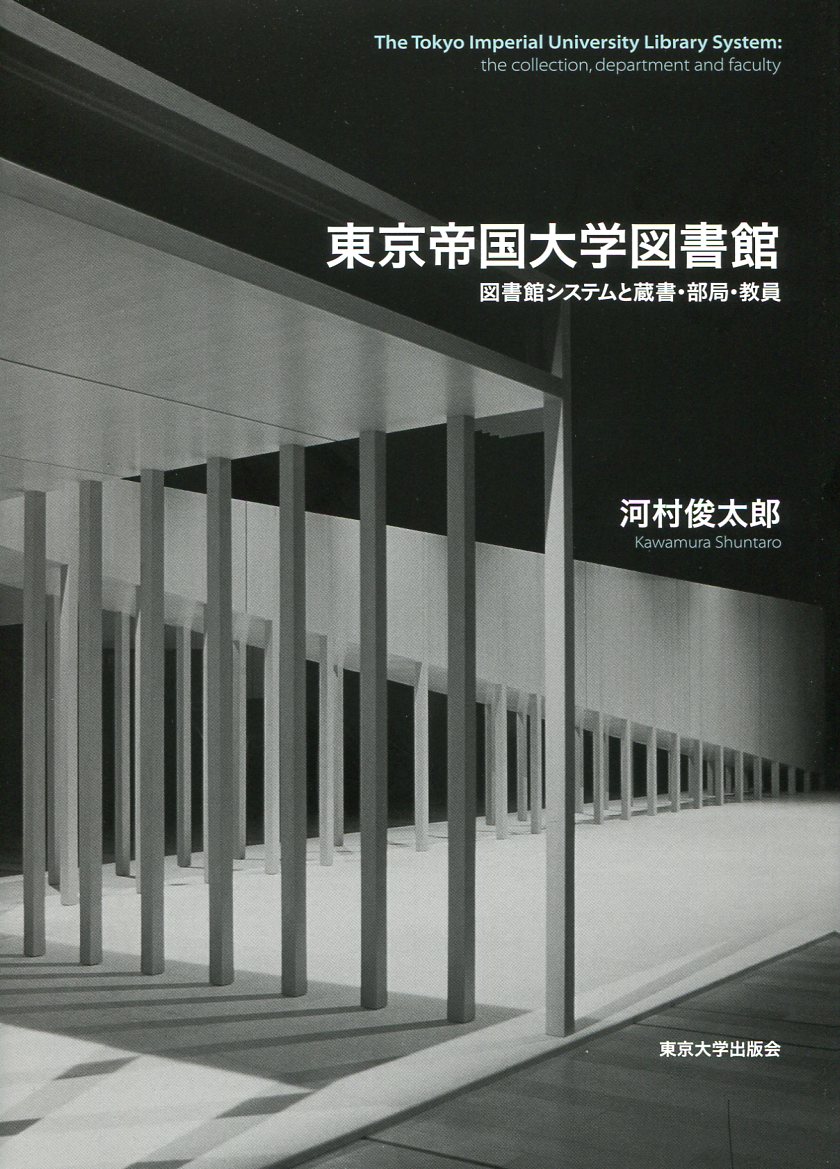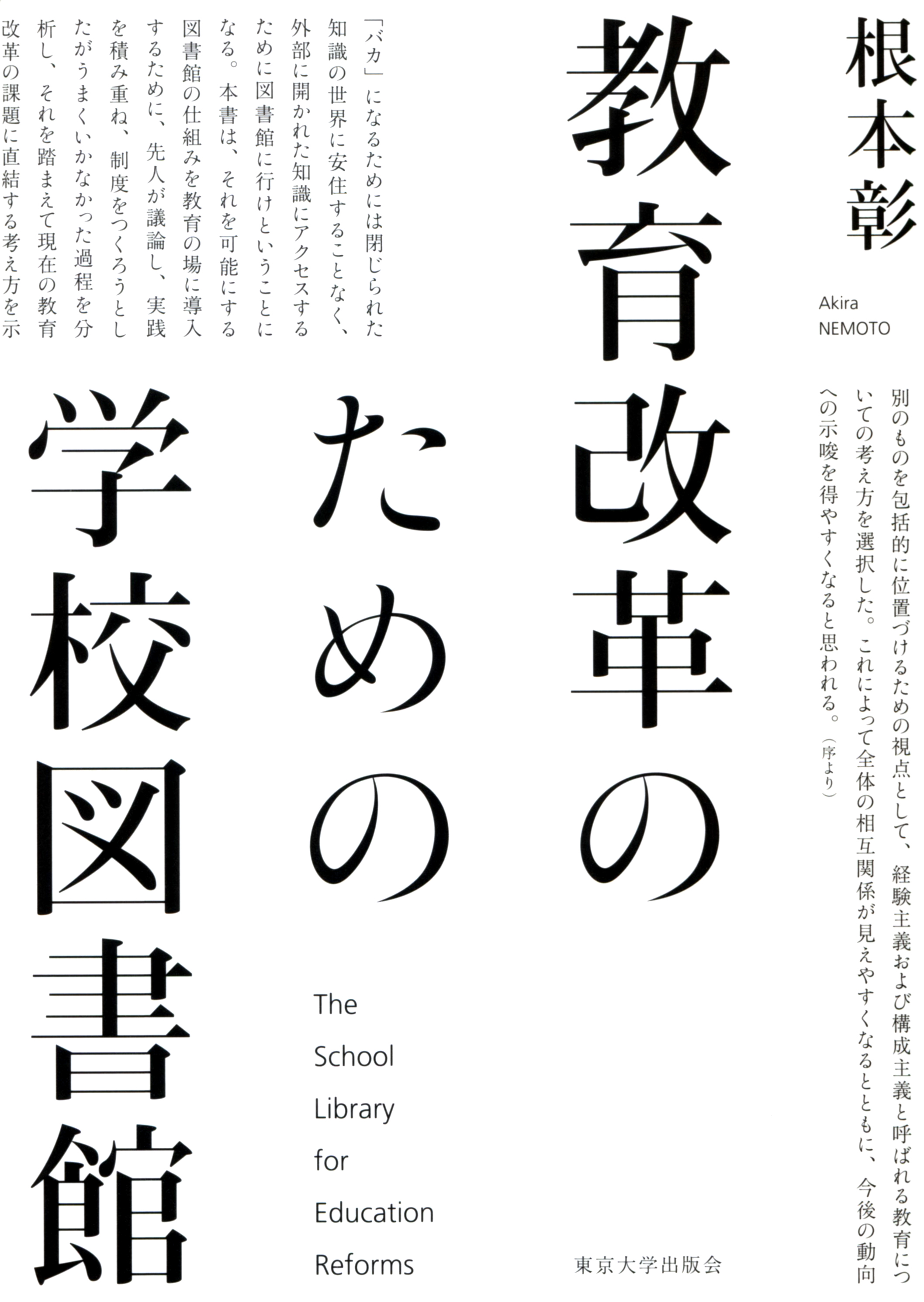
Title
Tokyo Teikoku Daigaku Toshokan (The Tokyo Imperial University Library system - the collection, department and faculty)
Size
320 pages, A5 format
Language
Japanese
Released
March 17, 2016
ISBN
978-4-13-003600-9
Published by
University of Tokyo Press
Book Info
See Book Availability at Library
Japanese Page
Plenty of statistical data and many research studies indicate that we are currently witnessing a trend of fewer people reading printed books and newspapers, the prevalence of e-books and e-journal, and an explosion of information on the Internet. Under such circumstances, will the functions of a library as an institution that has been collecting, accumulating, and storing information centered around books really be necessary in the future? This book serves as a starting point for examining this issue.
In order to examine this issue, this book will focus on: 1) academic studies, which are at one end of the information spectrum, 2) university libraries, which specialize in this field, and 3) the library of the Tokyo Imperial University (University of Tokyo), which was the origin of Japanese universities and continues to be at the center of Japan’s university system. By examining these libraries, this book aims to clarify a model of Japanese libraries.
The Tokyo Imperial University library actually incorporated several libraries (or library “rooms”) within the university campus, numbering at least 30, which remain to this day even after the university became the University of Tokyo. How should we examine these libraries that have diverse backgrounds, though they are a part of the same university?
To answer this question, this book will look at the collections common to each library. By examining the classification and other details of each book based on the purchase history, this book will reveal the reasons behind their disparities and what became of the academic studies carried out at these libraries. In particular, the positioning of the central library of the university is about not only the location of the library but also what is central to academic studies. As such, this topic could present a broader Japanese academic model.
As described above, the uniqueness of this book can be attributed to how it first looks at libraries through their collections. Library books, which account for the major share of a library’s collection, are not only common to each academic discipline but also share the characteristic of holding an authoritative position within that discipline. Taking such library books as its starting point, this book will examine the university systems in relation to their libraries, professors who are both the managers and users of libraries and their area of specialization, and the architecture of the libraries themselves. Through these approaches, this book will extend beyond the framework of libraries by going back and forth between the histories of the university systems, academia, and media.
Although library and information science, the field to which this book pertains, may be an area unfamiliar to most of you, I believe that this book can show you the vast scope of this field. By reading this book, you can understand how Tokyo Imperial University professors were able to obtain information (including private collection), and what type of foundation for sharing knowledge, i.e., a library, existed in Japan, and the type of world that this foundation enabled.
(Written by KAWAMURA Shuntaro, Associate Professor, Graduate School of Education / 2019)



 Find a book
Find a book


